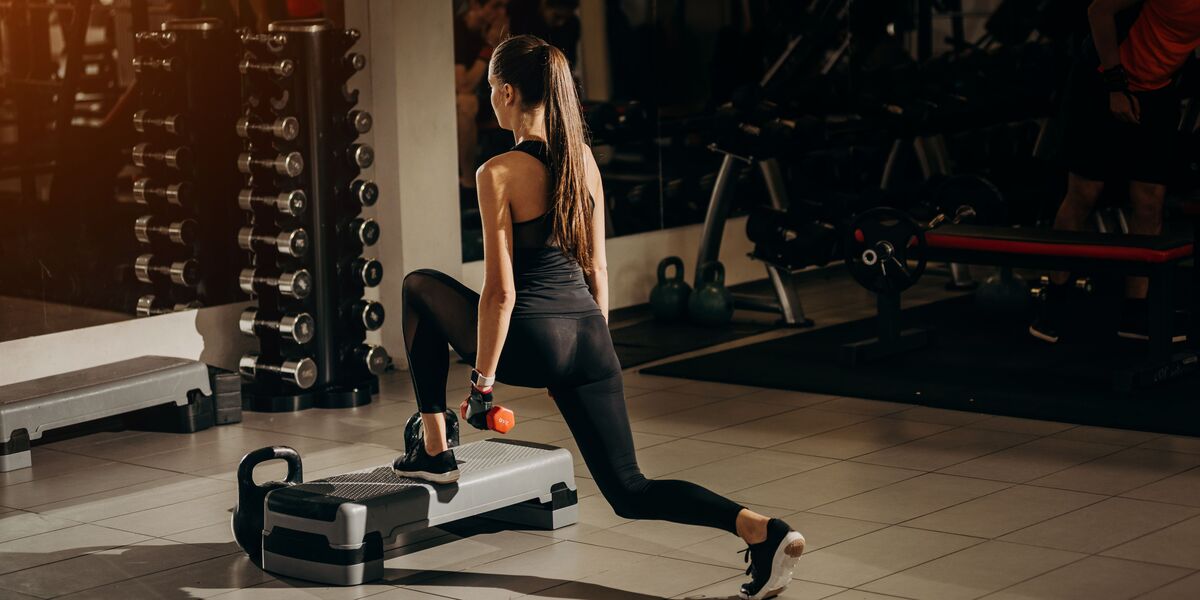Ejercicio y respiración: por qué algunos entrenamientos no funcionan, no son divertidos y cómo cambiar eso
Ejercicio y respiración: por qué algunos entrenamientos no funcionan, no son divertidos y cómo cambiar eso
25 DE JUNIO DE 2023
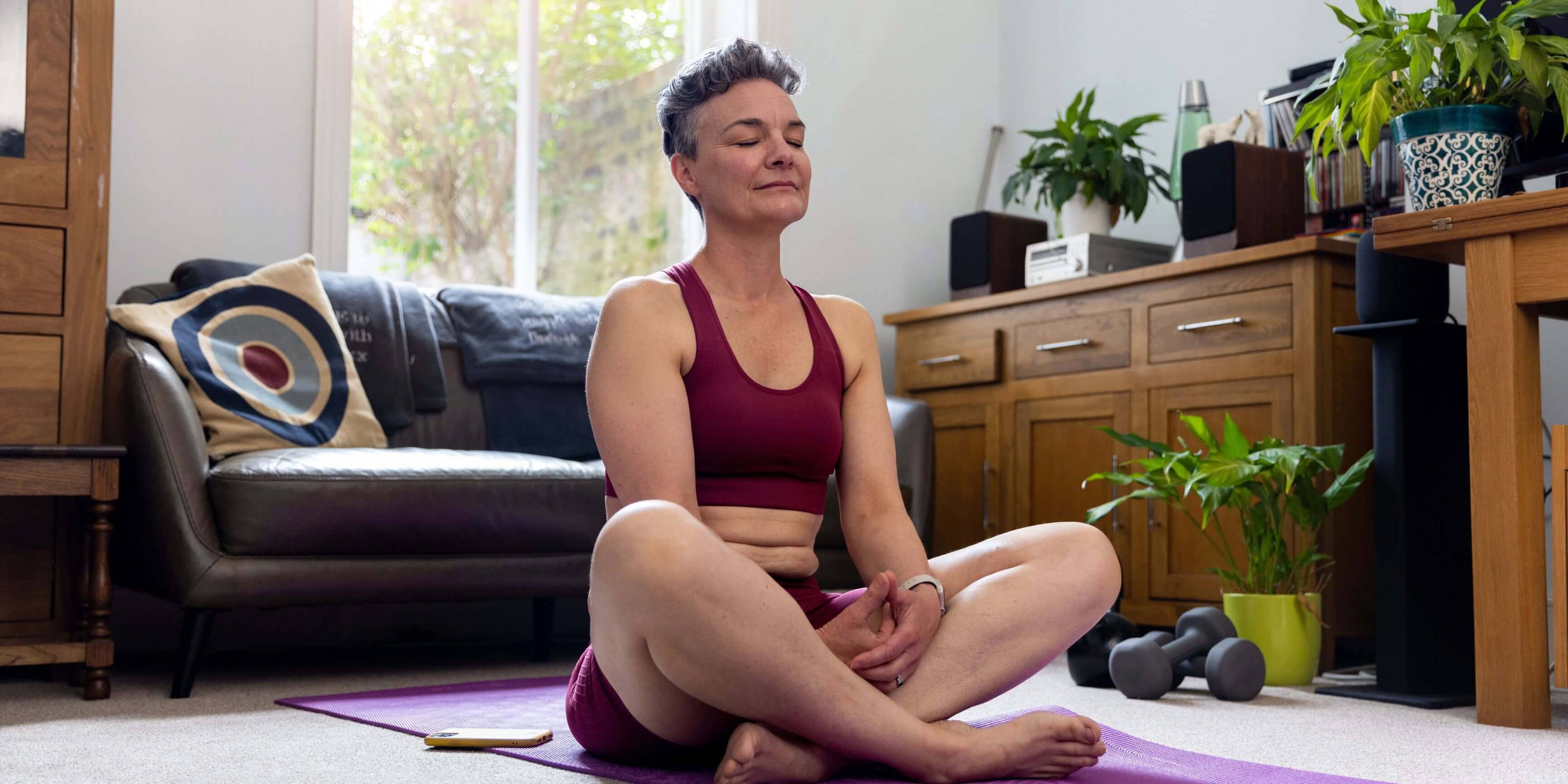
-
Del ejercicio físico adecuado se obtiene ligereza, capacidad de trabajo, firmeza, tolerancia a las dificultades, disminución de las impurezas físicas y fortalecimiento de la digestión y el metabolismo.
— Charak, Charak Samhita.
La sociedad actual pone mucho énfasis en una vida saludable haciendo ejercicio tres veces por semana y comiendo tres buenas comidas al día. Sin embargo, probablemente no nos demos cuenta de que para conseguirlo es necesario implicar unos hábitos respiratorios correctos como base de un estilo de vida saludable.
Además de comenzar y terminar nuestra vida, la respiración es el componente más importante de nuestros procesos diarios. Respiramos un promedio de 15.000 veces al día, y la forma en que respiramos determina qué tan saludables estamos o seremos.
Estamos condicionados a creer que respirar es una acción involuntaria. Perdí a dos queridos amigos por ataques cardíacos, uno por hacer jogging y otro por jugar al tenis. El corazón debe tener suficiente oxígeno. Ambos amigos tenían malos hábitos de calentamiento. Parte del calentamiento es lograr que el reflejo respiratorio natural se agrande y se estire, permitiendo que los pulmones absorban oxígeno adicional en los sacos de aire más pequeños hacia la parte exterior de los pulmones. Hacer ejercicio con la mente esforzada y sin respirar puede resultar fatal. A menudo esto produce músculos desgarrados o doloridos, sobreentrenamiento estresante, ácido láctico y producción excesiva de radicales libres.
El ejercicio moderado de bajo impacto es beneficioso para la mayoría. Sin embargo, si hace ejercicio con una respiración desequilibrada, probablemente mantendrá un grado significativo de respiración desequilibrada; a lo largo de tu vida. La práctica hace permanente, no necesariamente perfecto. Se debe utilizar la respiración como base para el esfuerzo. Muchos atletas campeones hacen ejercicio “alrededor” de la respiración ; en otras palabras, utilizan la retroalimentación sensorial de la respiración para guiarlos en sus esfuerzos y ritmo. Otros desarrollan fallas respiratorias que a menudo conducen a fatiga crónica, asma y enfisema en sus últimos años Y ataques cardíacos.
Entreno a los deportistas para que respiren y se muevan, no para que se muevan y luego respiren. Al menos un ilustrado entrenador de secundaria hace que sus atletas se unan al coro de la escuela. Aprender a respirar mejor reducirá los tiempos de recuperación y facilitará las carreras de larga distancia. Los respiradores óptimos, sin ganar la función de guerra bacteriológica, no se enferman.
¿Ejercicio o estrés nocivo?
Tierra y coordinación
Conciencia
Entrenamiento personal
Terapia física
Ejercicio como meditación
Maximice los beneficios de su ejercicio con el sistema EWOT
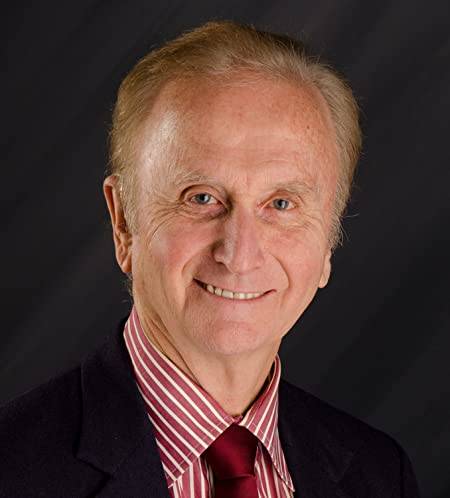
Conoce a Mike White
Conozca a Michael Grant White, el entrenador de respiración óptima y obtenga información práctica sobre el desarrollo de su respiración, su salud y su longevidad.
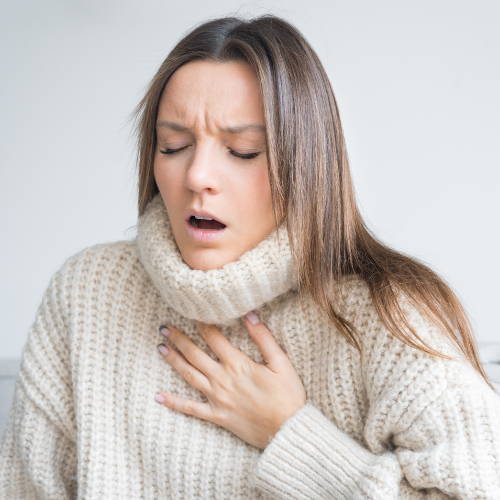
¿ Qué tan buena es tu respiración?
¿Quieres saber el futuro de tu salud y longevidad?
Artículos más populares

12 de abril de 2021

10 de febrero de 2022

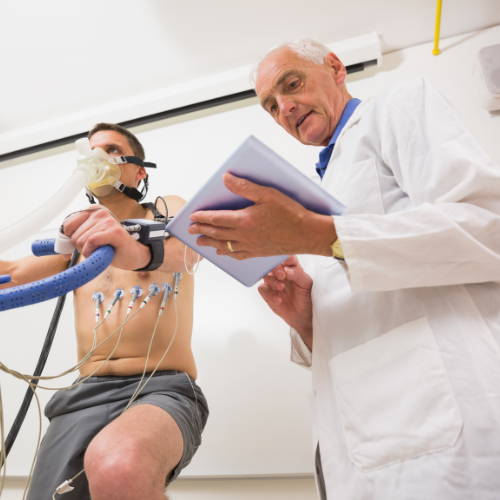
Lograr niveles satisfactorios de ejercicio sin agravar el corazón existente.
Comprenda y explore EWOT: ejercicio con oxigenoterapia.
La respiración óptima
Kit de autodominio
Artículos sobre respiración y oxígeno
-
Respiración
-
Oxígeno
- El moho podría estar en su hogar ahora mismo. ¿Estás en riesgo?
- Venza el estrés laboral de la manera correcta
- El mal aliento causa asma: ¡esto es lo que debe hacer!
- Respiración óptima, autismo y desarrollo cerebral
- ¿Por qué respirar mejor? El mal aliento te enferma o te enferma aún más. Aprenda a respirar mejor ahora
- Cura tus problemas respiratorios con ejercicios de respiración
Conozca y trabaje con nuestros profesionales
Obtenga ayuda personal para mejorar su salud
y vitalidad.
Obtenga entrenamiento y orientación expertos de nuestros expertos en Respiración Óptima.
Si buscas contar con un experto en Respiración Integral, Voice Coach
o alguien que se especialice en ansiedad o depresión, no busque más.

